
Should you Introduce Delivery to your Business?
To deliver or not deliver, that is the question.
In urban areas, like New York City, restaurant delivery is a given. In many big cities, where people may not own cars, they rely on delivery to their offices and homes.
Suburban areas are also prime targets for home delivery. Soccer moms and dads, busy shuttling the kids from one activity to the next, welcome the chance to eliminate one less stop on their routes.
In rural areas, residents in far-flung areas might truly appreciate home delivery. However, the distance required for the restaurant's drivers to travel for each delivery probably would preclude such a service.
The second question to ask yourself, if you're debating the delivery decision, is why. Additional questions include:
- Do you want to reach a new demographic?
- Do you want to offer additional services for your current customers?
- Do you want to keep up with the competition?
- Expand the limited capacity of your restaurant?
- Can your current staff handle the extra workload, or will you need to hire additional staff?
The next questions are ones you should be asking your clientele, not yourself. Conduct a survey, either onsite or online (or both), and see if there's enough demand for delivery.
If the answer is yes, you must take into account the types of food you serve. Do they lend themselves well to transport? If not, you could end up damaging your restaurant's reputation. You want to ensure that the quality of your food will not suffer en route. Of course, you can offer a limited menu for delivery.
Owners of fine dining establishments also may be asking if they'll be shooting themselves in the foot if they add home delivery. While you might be afraid that adding this service will damage your restaurant's reputation, consider that it will boost its image — and may increase brand loyalty among your customers.
Software is a must for any restaurant-delivery service. Yes, there's software specifically designed for this. It enables you to track orders and helps drivers make their deliveries as efficient as possible.
You may want to let the experts handle it for you. That is, outsource the delivery aspect. GrubHub Delivery is an example of one such service. This limits the cash outlay you would need if you built it from the ground up yourself.
If you do decide to take the plunge, you'll need to market your new service. Be sure to advertise on all carryout packaging, promote on in-store signage, announce on your website, etc.
Industry statistics point to 70 percent of food traffic being outside the restaurant by 2020. That's not far away, so if home delivery isn't on your radar, it should be.



 Condiments
Condiments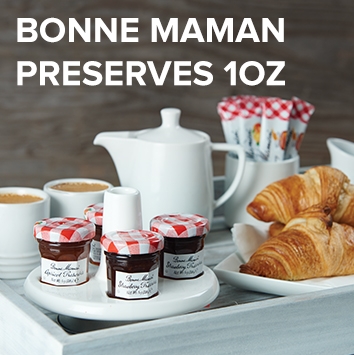
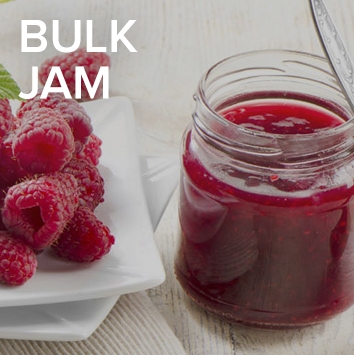
 Jam & Jellies
Jam & Jellies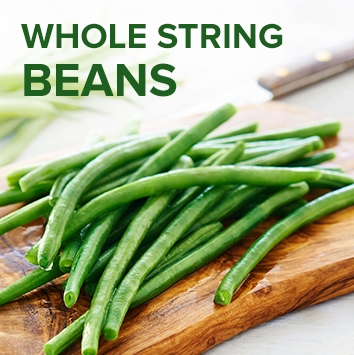
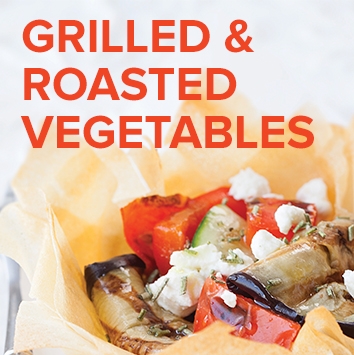
 Vegetables
Vegetables

 Sides & Appetizers
Sides & Appetizers

 Cheese & Specialty
Cheese & Specialty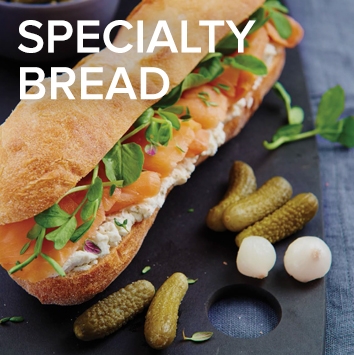
 Breads
Breads

 Pastry Ingredients
Pastry Ingredients

 Dough & Pastry
Dough & Pastry

 Desserts
Desserts
